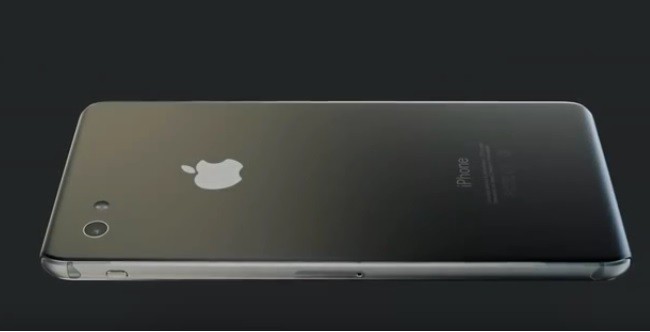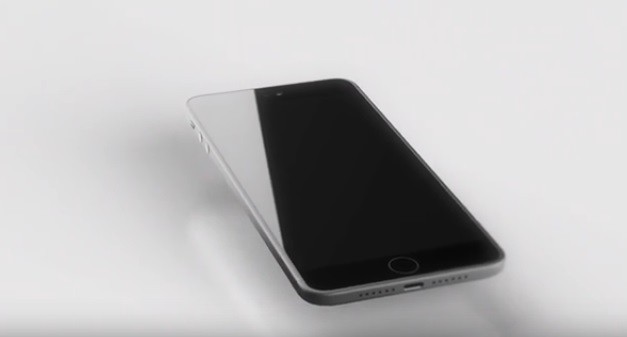Apple is in trouble again, this time for the design of its famous products, including iPhone and iPad. A man in Florida has claimed that some of the Apple products infringe upon the invention that he made back in 1992.
Florida resident named Thomas S. Ross claims that the design of Apple products such as iPhone, iPad and the iPod are based on the invention that he made in 24 years ago, according to MacRumors. Ross invented a hand-drawn "Electronic Reading Device" (ERD) in 1992, design of which resembles the first iPhone that was released 15 years later.
This is the reason why Ross has taken a swift action to file a lawsuit against the tech giant. The court filing states that the plaintiff was the "first to file a device so designed and aggregated," nearly a decade and a half before the first Apple iPhone was released by the company.
The invention that Ross is talking about took place between May 23, 1992 and September 10, 1992. The Florida man drew three technical drawings of the device by hand. The technical drawings of the device included a flat, rectangular panel and rounded corners. According to Ross, the device "embodied a fusion of design and function in a way that never existed prior to 1992."
The device contemplates by Ross could make people read news articles, novels and stories. People could also take a look at the pictures and watch movies and video presentations. The flat, rectangular screen idealized by Ross was backlit and the device could also function as a medium of communication such as a phone or modem.
Ross' innovation also has input/output capabilities, which means that the reading and writing material could be stored on the device. At that time, Ross imagined that the device would run on batteries and could even be equipped with solar panels.
The innovative device was filed for a utility patent to protect Ross' rights over the design in 1991. However, the application was abandoned by the U.S. Patent and Trademark Office after Ross failed to submit the mandatory application fees. The abandonment of the application took place in 1995. Later in 2014, Ross filed to copyright his technical drawings with the U.S. Copyright Office in 2014.
The following video takes a look at Ross' design:




























